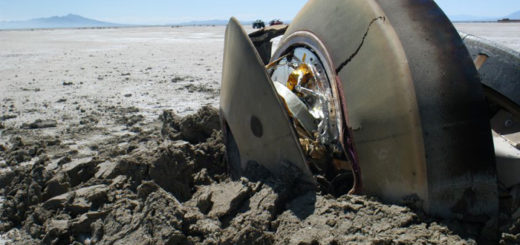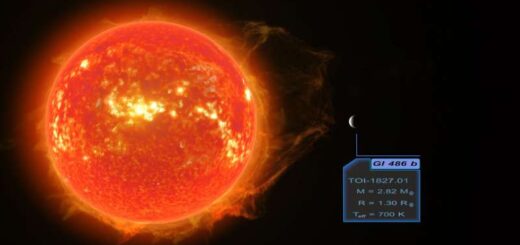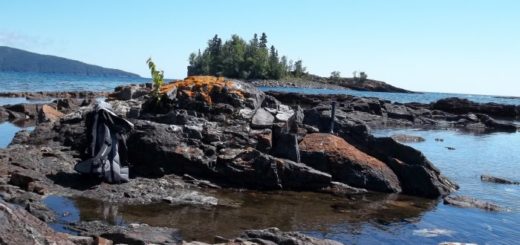The Dead Sea Reveals Evidence Of Ancient Climate Change And A Warning For The Future
– Scientists have discovered evidence of climate change that took place in Mideast 120,000 years ago, and again about 10,000 years ago.
Nearly 1,000 feet below the bed of the Dead Sea, there is evidence that during past warm periods, the Mideast has suffered drought on scales never recorded by humans. The region is drying again as climate warms, and scientists say it will get worse. It seems clear this evidence should be taken seriously and considered a warning for the future.
Thick layers of crystalline salt show that rainfall plummeted to as little as a fifth of modern levels thousands of years ago.

One of the reasons why the Dead Sea has been shrinking rapidly over past decades, is because of human activities.
The landlocked Dead Sea, straddling Israel, Jordan and Palestinian lands, is earth’s lowest spot on land. Its current shoreline lies about 1,300 feet below sea level, and its floor extends down another 900 feet.
Fed mainly by the Jordan River drainage, which extends also into Syria and Lebanon, it is a dead end for water, and so is extremely salty and its level has dropped about four feet a year.
Scarce water is an explosive issue in the region. Rainfall has declined about 10 percent since 1950, and existing climate models say it could sink another 20 percent this century, even as population continues to grow. Syria, Israel, Jordan and the Palestinian Authority all pull water from the Jordan for agriculture and other uses. Along the sea’s shore lie huge evaporation ponds, where Israel and Jordan mine salt. If changing climate further dries the region, pressure on the water supply will increase.
Scientists say we can no longer neglect the danger of modern climate change.
“All the observations show this region is one of those most affected by modern climate change, and it’s predicted to get dryer. What we showed is that even under natural conditions, it can become much drier than predicted by any of our models,” said lead author Yael Kiro, a geochemist at Columbia University’s Lamont-Doherty Earth Observatory.
Previous research along the Dead Sea’s shores has determined that water levels have fluctuated with the coming and going of ice ages over the last several hundred thousand years, rising during glaciations to the north, when the region’s climate was much wetter than today, and receding as glaciers pulled back.
Researcher have now observed two striking periods in the climate history of the region. About halfway down scientists found salty layers some 300 feet thick, indicating a long-term drop below the sea’s current level.
This came in a period between ice ages, 115,000 to 130,000 years ago, when variations in Earth’s orbit brought temperatures about 4 degrees hotter those of the 20th century equivalent to what is projected for the end of the 21st century.
The lake refilled when glaciers re-advanced in sub-polar regions and the Mideast climate cooled and became moister. The cores show a similar drop in lake level just 6,000 to 10,000 years ago, following the most recent ice age, when temperatures were probably a bit cooler than now.
“The Dead Sea is wasting away today because humans are using up all its fresh water sources,” said Steven Goldstein, a geochemist at Lamont-Doherty. “Our study shows that in the past, without any human intervention, the fresh water nearly stopped flowing. This means that if it keeps getting hotter now, it could stop running again. This time, it would affect millions of people.”



 Creators of mankind
Creators of mankind Description of “Tall white aliens”
Description of “Tall white aliens” Where they came from?
Where they came from? About hostile civilizations
About hostile civilizations The war for the Earth
The war for the Earth “Tall white aliens” about eternal life
“Tall white aliens” about eternal life Video: “Nordic aliens”
Video: “Nordic aliens” Aliens
Aliens Alien encounters
Alien encounters The aliens base
The aliens base UFO
UFO Technology UFO
Technology UFO Underground civilization
Underground civilization Ancient alien artifacts
Ancient alien artifacts Military and UFO
Military and UFO Mysteries and hypotheses
Mysteries and hypotheses Scientific facts
Scientific facts


















